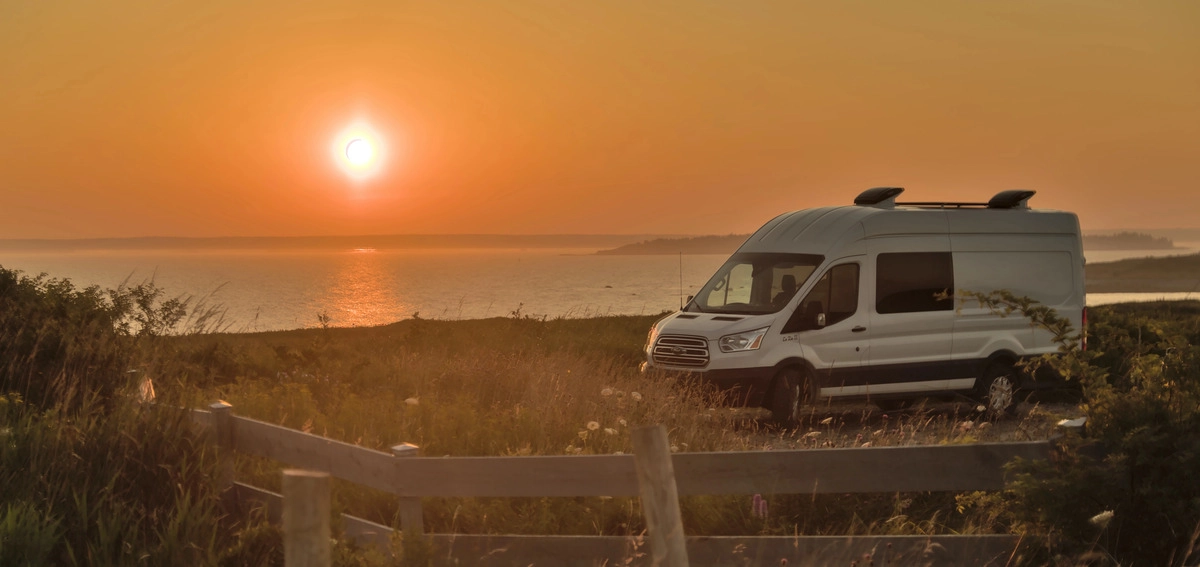How the Ford Transit evolved from 1986
After the Transit received its first facelift in 1977 as the Mark II was introduced, it didn’t receive another one until 9 years later. With its second facelift in 1986, the iconic Transit shape was cemented for the future. While this definitely helped, Ford ensured the iconic van moved with the times to maintain its popularity.

Second generation
In 1986 when the second generation of Transits were introduced, the functionality of the Transit was already down to a T. Therefore, it made sense for Ford to focus on comfort. The second generation of transits were introduced with:
- Aircon
- Improved quality of ride and handling
- Central locking
- Airbags
- Electric windows and mirrors
As well as features for comfort, the second generation of Transits had aesthetic differences too. Now coming with a slanted windscreen and bonnet, it was the birth of the shape we’re familiar with today.
Restoring Second generation Transits
Although it is difficult to get your hands on a second generation Transit, there are still some available on the market. They make excellent restoration projects, just have your rust converter to hand. Other places to check for rust before restoring are:
- Bottom edges of doors
- Sills
- Front wings
- Wheel arches
Third generation
Come the millennium, the Transit received another styling change, which reflected Ford’s other popular cars like the Focus and Ka. Six years later the Transit underwent another change by receiving multiple upgrades, however this was still a third generation Transit. The change included both an exterior and interior makeover, as well as performance changes too:
- Petrol engines from the Ford Ranger replaced the old petrol engines
- Diesel versions that were front wheel drive went from 2.0 to 2.2 litres in capacity
- All Diesel Transit vans were given high-pressure common rail (TDCi) systems
Are third generation Transits prone to rust?
In general, the older the Transit the more likely you will need a rust converter and colour matched paint.
A 2012 Ford Transit will be less likely to show signs of rust than a third generation Transit that is 10 years older. An extra 10 years of wear and tear from a workman’s 9-5 is sure to show in the form of paint chips, dents and scratches - places that leave the bare metal body exposed and prone to rust.
Fourth generation
Thirteen years after the third generation was released, Ford introduced the first Transit to be produced collaboratively between Ford North America & Ford Europe. The outcome was the fourth generation Transit. Now available as a double-cab and coming with 10.6 cubic metres of load space, as well as a choice of medium, long and extended wheelbases.
The interior design also received a make-over and was influenced by the third generation Ford Focus. In 2023, we are still on the 4th generation, however, the Transit is again not the same as it was 10 years prior. Now available in Europe with a 2.0L EcoBlue Inline-4 turbo diesel engine, or a mild hybrid engine, it looks like the Transit is still evolving with the times.
Fourth generation conversion projects
There are plenty 4th generation Transits on the market that are suitable for a conversion project. Whether that be to transform it into a pizza van, living space or office - any 4th generation Transit will be suitable as a base for your creative endeavours.
Whatever you purchase, you will no doubt spot indicators of rust and paint erosion. If this is the case, you can opt for an easy fix and apply some rust converter, filler and car touch up paint. Check cills, wheel arches and the bottom edges of doors especially for signs of rust.
Ready to order?
Our car touch up paint is precision-measured and mixed to the highest specification. It’s bodyshop quality, durable and easy-to-use to achieve a good result. It’s available as a precision pen, bottle with brush, and aerosol. We also supply it in larger 500ml/1 litre quantities to trade customers.



